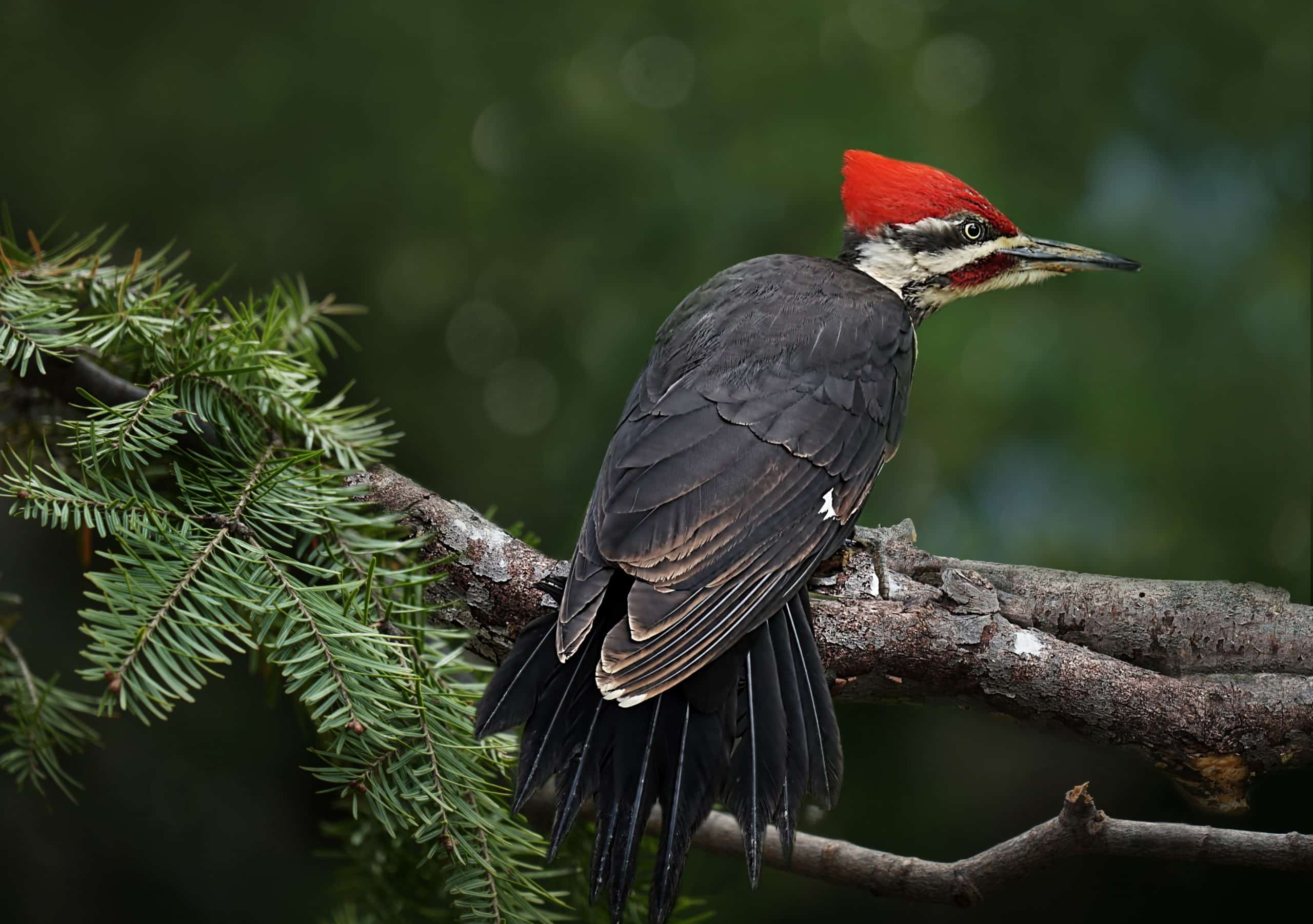Woodpeckers Unleashed: Exploring the Marvels of These Skilled Tree Climbers
Woodpeckers, with their distinctive markings and balanced drumming echoing with wooded locations, hold an one-of-a-kind location in the bird world - Woodpeckers in Florida. As we dig right into the complex details of woodpeckers' nesting routines, feeding strategies, and the continuous preservation initiatives to secure these amazing birds, a much deeper appreciation for their location in nature unravels.
Anatomy and Adaptations
When examining the composition and adaptations of woodpeckers, one can observe remarkable functions that allow these birds to flourish in their specialized ecological particular niche. Woodpeckers are geared up with a collection of one-of-a-kind anatomical features that aid them in their woodpecking habits. Among one of the most prominent features is their strong, chisel-like beak, which is specialized for boring right into timber to uncover insects or produce nesting dental caries. This beak is sustained by solid neck muscles and an extremely established head framework that acts as a shock absorber, allowing woodpeckers to consistently peck at trees without causing brain injury. Additionally, woodpeckers have zygodactyl feet, with two toes dealing with ahead and two dealing with in reverse, providing a firm grip on tree trunks while they look for food or drum for communication.
Moreover, woodpeckers have an unique tongue framework that is long, barbed, and sticky, allowing them to extract insects from holes in timber. This customized adaptation enables woodpeckers to make use of a food source that is inaccessible to many various other bird types. Generally, the anatomy and adaptations of woodpeckers display the exceptional evolutionary remedies that have permitted these birds to grow in their arboreal environment.
Drumming Behavior
Having actually explored the composition and adaptations of woodpeckers, the emphasis now changes to comprehending their drumming habits, a distinctive element of their communication and territorial display screens. Drumming is a crucial type of communication amongst woodpeckers, offering multiple objectives such as establishing territories, bring in companions, and signaling alarm system. Each woodpecker types has an unique drumming pattern that aids individuals identify members of their very own species and identify them from competitors or predators.
Woodpeckers generate drumming noises by swiftly pecking on resonant surface areas such as dead trees, utility posts, or perhaps steel objects, developing a series of rhythmic beats. The intensity and speed of drumming can vary based upon the purpose; for instance, a quick drumming sequence might indicate hostility towards trespassers, while a slower and softer drumming pattern can suggest courtship (Woodpeckers in Florida). In addition, woodpeckers may change the frequency and duration of their drumming to communicate details messages efficiently
Nesting Behaviors
Checking out the nesting habits of woodpeckers reveals remarkable understandings into their reproductive habits and environment choices. Woodpeckers are understood for their go to the website one-of-a-kind nesting preferences, commonly digging deep into cavities in trees to produce protected rooms for raising their young. These cavities serve not just as a nesting site however likewise as a safe and secure refuge from predators and severe weather.
Woodpeckers exhibit a high level of fidelity to their nesting sites, usually returning to the exact same place time after time. This actions highlights the importance of suitable habitat accessibility for their reproductive success. The choice of a nesting site is vital for woodpeckers, with variables such as tree varieties, height, and decay stage playing significant roles in their decision-making process.
Interestingly, some YOURURL.com woodpecker types are understood to excavate several tooth cavities within their area, offering themselves with alternative nesting choices. This technique may serve as a form of insurance versus possible hazards or disturbances to their main nesting site.
)
Feeding Techniques
One of the most unique feeding behaviors of woodpeckers is drumming, which involves rapid pecking on trees to uncover insects beneath the bark. Woodpeckers are likewise known to excavate cavities in trees to access hidden insect larvae or sap. Some species, like the acorn woodpecker, store nuts in specifically produced holes called granaries.
Preservation Initiatives
Among the intricate feeding methods exhibited by woodpeckers, the conservation initiatives focused on securing these interesting birds play a crucial function in preserving their environments and populaces. Woodpeckers face numerous threats to their survival, consisting of environment loss because of deforestation, environment adjustment modifying their environments, and accidents with man-made frameworks such as buildings and cars - Woodpeckers in Florida. Guardians navigate here are actively functioning to attend to these obstacles and guarantee the long-lasting wellness of woodpecker species

Education and public awareness projects are additionally crucial elements of woodpecker conservation efforts. By elevating understanding about the importance of these birds in keeping healthy and balanced woodland ecological communities, conservationists can amass assistance for habitat conservation campaigns and advertise liable land administration practices. Via collective efforts in between scientists, policymakers, and local communities, we can interact to safeguard a future where woodpeckers prosper in their all-natural habitats.
Verdict
